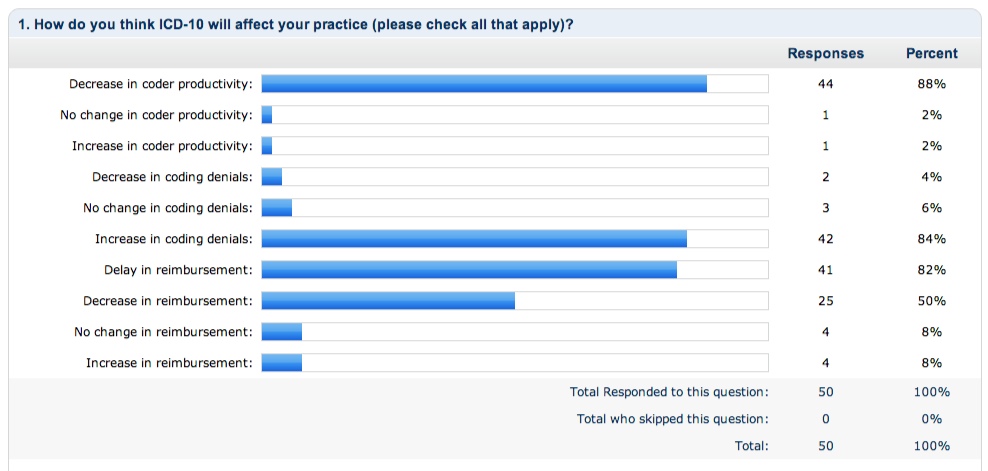Healthcare marketing genius Dan Dunlop is always sharing valuable insights on his blog and providing us with ideas for how to better engage with patients online, but he’s outdone himself this week. He shared a couple of videos from his daughter’s school administrators delivering an awareness message to the students’ families about head lice.
They were able to turn a seemingly mundane and boring topic into something, dare we say… magical?
VIDEO: https://www.youtube.com/watch?v=dKCHS8UP8Mg&feature=player_embedded
The "Lice, Lice Baby" spinoff was created following their original, wildly successful video announcing school closings due to ice. We have to give these guys kudos for pulling inspiration from Vanilla Ice and daring to improve their messaging by stepping out of the box a little.
Simple messages, no matter how important can easily get skimmed over in the hustle and bustle of everyday life. Sometimes we forget that using video to do a little something different can make all the difference. Working in radiology, we are always trying to find unique ways to express to patients and referring offices what makes our centers the better option. We rely on “crutch-terms” like ACR accredited, 24-hour turn around time and same day appointments to convince people of our expertise, but they end up falling on deaf ears regardless of the importance.
Consider how you could use video to put a new spin on the components of your care and service you are regularly marketing to your community. Don’t just rely on the same flyers, tri-fold brochures or conversations to reignite interest in your center.







